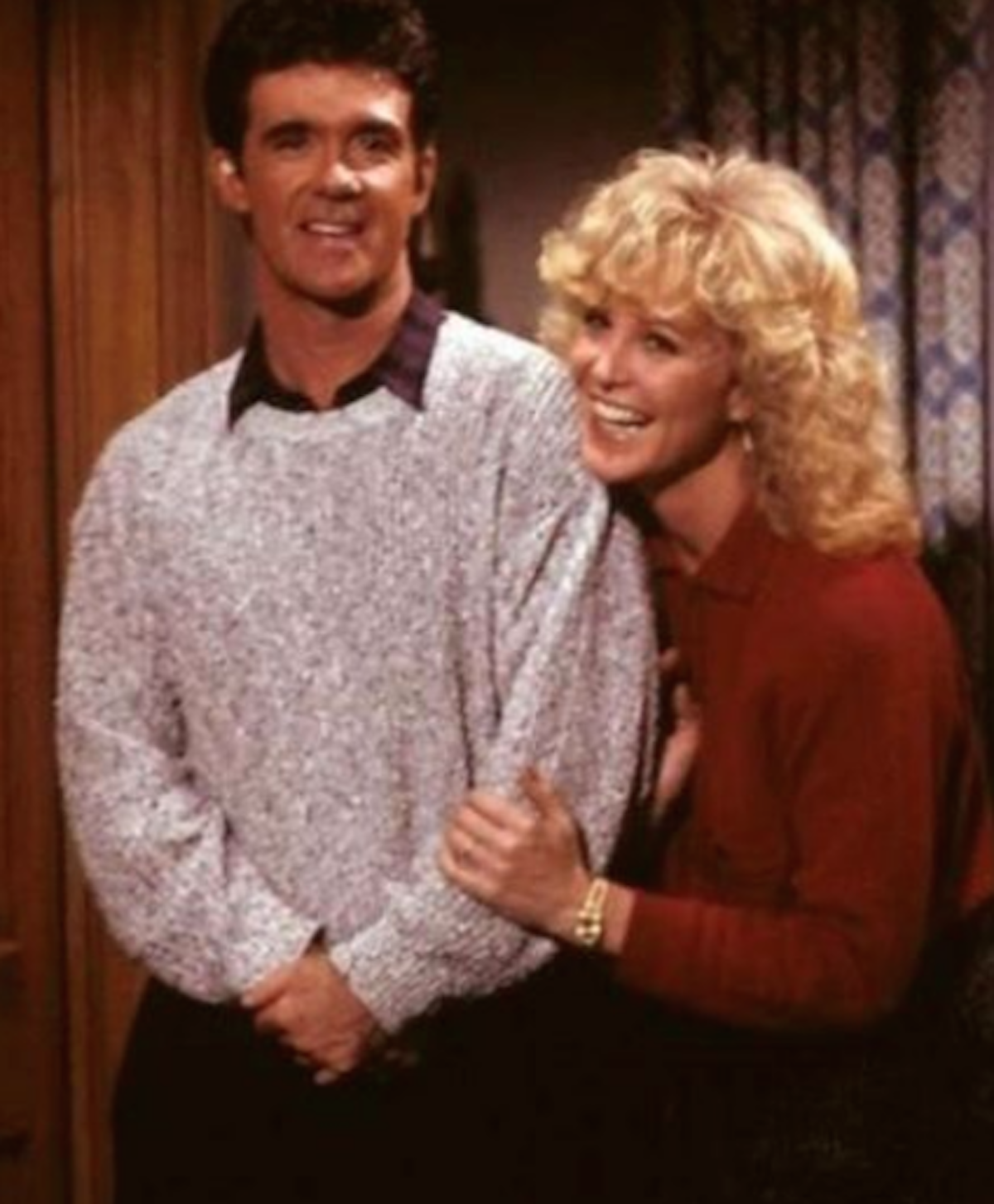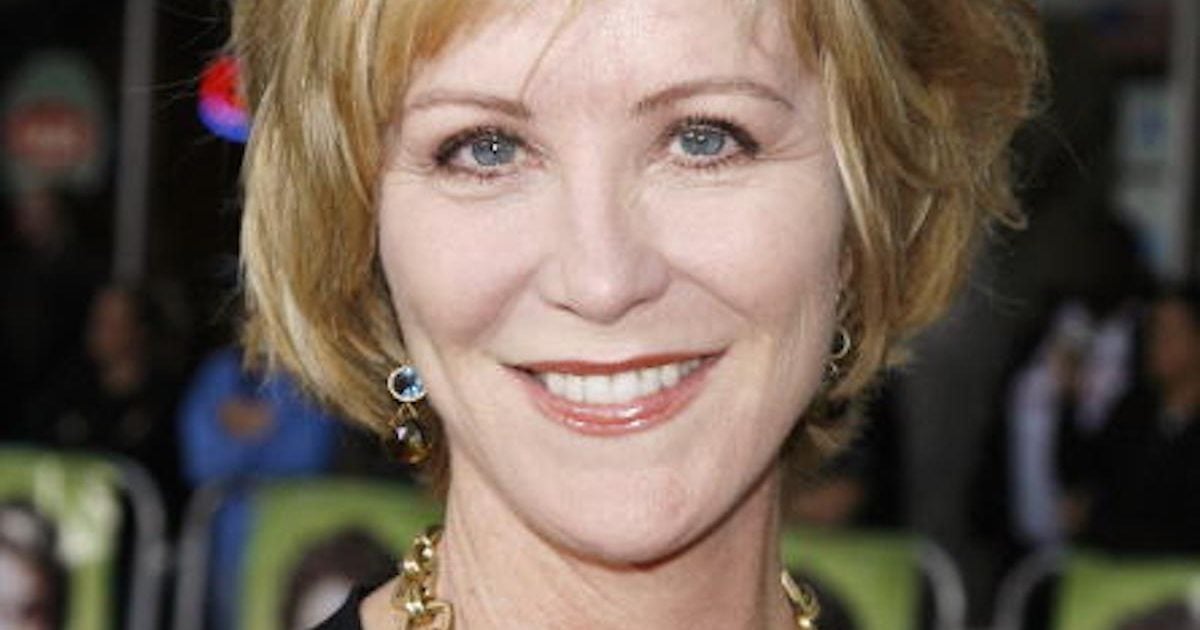Joanna Kern's Double Mastectomy
- Joanna Kerns, known for her roles as Maggie Seaver in the TV sitcom “Growing Pains,” underwent a mastectomy just one week before her co-star Robin Thicke passed away after a heart attack.
- The 70-year-old producer and actor was diagnosed with a non-invasive stage zero cancer (also known as ductal carcinoma in situ (DCIS) in November 2016.
- Stage 0 breast cancer is also called ductal carcinoma in situ (DCIS), which starts in the milk ducts. With a double mastectomy, both breasts are removed to get rid of cancer.
- A double mastectomy is when both breasts are removed to get rid of cancer. The procedure may also be performed as a preventative measure for women who are at a very high risk of developing breast cancer, or, as in Kerns’ case, when doctors believe DCIS poses a risk for evolving into more invasive breast cancer, and a woman wants to dramatically reduce this risk.
The 70-year-old producer and actor, who was diagnosed with a non-invasive stage zero cancer (also known as ductal carcinoma in situ (DCIS), meaning the cancer is confined to the inside of the milk duct, and has not spread through the walls into the nearby tissue) before the death of her longtime friend and TV husband, recently took to Instagram to recount how Thicke always made her smile.
Read More
His death came just one week after Kerns decided to undergo a mastectomy for her stage zero breast cancer, she previously revealed in an exclusive interview with PEOPLE.
“It was so devastating. It was just a very, very hard time,” she told the news outlet. “I did go to the memorial four weeks out, and I was very happy to see my whole cast and my producers and dear friends.”

Krns underwent a nipple-sparing double mastectomy after getting diagnosed with the disease on November 2016.
She discovered she had breast cancer after going to a routine contrast-enhanced spectral mammography (CESM), which is recommended for women with dense breasts.
Kerns decided to undergo a double mastectomy after two lumpectomies because she didn’t want to risk “radiation” and the chance for cancer to return. Following the procedure, she was given an “all clear.”
More On Breast Cancer Screenings For Women With Dense Breasts
- How to Avoid False Positive Cancer Results in Women With Dense Breasts: Ultrasounds Used in Addition To Mammograms
- I Have Dense Breasts. Do I Need a 3D Mammogram?
- Have Dense Breasts Like Katie Couric? Mammogram Centers Will Soon Be Required to Tell You ‘Important Step’ in Helping Detect Breast Cancer Earlier and Save Lives
- When You’re Getting a Mammogram, Ask About Dense Breasts
- Breast Cancer: Introduction to Prevention & Screening
“Had I not caught my cancer this early on, I would have had to have a year of chemotherapy, and because of the reoccurrence and aggressiveness of this particular type of cancer, which was non-invasive HER2, I chose to do the mastectomy,” the mom of one explained.
“What was really interesting about this process is that breast cancer does not run in my family. I had been vigilant about screenings and exams, except this time I had missed a couple of years in there due to work and family issues, and suddenly I turn around, and it's two years later, and I hadn't done it and I have cancer, it was quite shocking.”
Speaking alongside her husband Richard Kerns at a 2017 gala, Kerns thanks him for being “100 percent behind me.”
RELATED: Comedian Wanda Sykes Had a Double Mastectomy After 'Scary' Breast Cancer Diagnosis
She continued, “We have been through a lot together. I think we knew I was in the right place, so that's 90 percent of it having the right doctors. I had my husband, I had a plan and I had a great understanding of what it was going to be like.
“I don't think I knew the mastectomy was going to be as tough as it was, but I just knew I was going to get better I knew it because I caught it early. Today, I take care of myself and I'm vigilant, and I'm working out!”
Stage Zero Breast Cancer
Stage zero breast cancer refers to Ductal Carcinoma In Situ (DCIS). DCIS are abnormal cells that line the duct in a breast. A normal breast is made up of lots of ducts (these ducts carry milk to the nipple in a woman who is lactating).
Learning About Stage Zero Breast Cancer (DCIS)
DCIS is not an invasive cancer, meaning it hasn't spread outside the milk duct and it cannot invade other parts of the breast. In some instances, if left untreated, doctors believe that DCIS can evolve into a more invasive breast cancersomething Kerns was worried about. This is why historically, the standard treatment for DCIS is to remove it surgically and in some instances offer radiation as well.
However, many doctors aren't sure if even that is necessary for DCIS, because it may or may not turn into cancer.
And in an effort to reduce the fear around the earliest stage breast cancer we want you to understand the definition and the debate around treatment.
Two important facts about DCIS breast cancer are:
- It doesn't spread to other parts of the body.
- The risk of death is essentially zero.
RELATED: Why Active Surveillance is Being Studied for Stage Zero Breast Cancer
As for the debate, some doctors don't consider it cancer, but rather a collection of abnormal cells or a pre-cancer, which is why some women opt for a watch-and-wait approach.
Others may recommend the surgery route which usually involves a lumpectomy and potentially radiation as well. This somewhat more aggressive treatment (which is the standard protocol at major cancer centers) does have side effects, and potentially, long-term effects.
Dr. Elizabeth Comen Explains The Main Aspects Of Early-stage Breast Cancer
Less commonly, doctors and their patients will decide on more aggressive approaches depending on the amount of DCIS in the breast and a woman's specific risk factors for future breast cancer. One reason some doctors may want to remove DCIS is if a biopsy reveals any evidence that a more invasive breast cancer could be present.
Meanwhile, a large study, known as the COMET study, is now in the works, looking at the benefit of active surveillance versus standard treatment.
This kind of study will help doctors determine whether doing less may be just as effective as doing more. In the meantime, the options are worth weighing depending on your individual diagnosis and concerns.
Considering a Double Mastectomy
A double mastectomy is when both breasts are removed to get rid of cancer. The procedure may also be performed as a preventative measure for women who are at a very high risk of developing breast cancer.
READ MORE: An Overview of Breast Cancer Treatment
Following the procedure, some women may choose to have their breasts reconstructed and have implants put in, while others don't have reconstruction at all.
“A double mastectomy typically takes about two hours for the cancer part of the operation, the removing of the tissue,” Dr. Elisa Port, Chief of Breast Surgery at Mount Sinai Health System, told SurvivorNet in an earlier interview. “The real length, the total length of the surgery, can often depend on what type of reconstruction [a patient] has.”
When Should You Consider a Mastectomy?
Dr. Port notes that these days, most women do opt to have some sort of reconstruction. The length of these surgeries can vary a great deal. When implants are used, the procedure can take two to three hours (so the total surgery time would be around five hours). There is also the option to take one's own tissue (usually from the belly area) and transfer it into the breast area but this is a much longer procedure.
“When you take tissue from another part of the body and transfer it to fill in the empty space where the breasts are, this is a very long operation,” Dr. Port says. “It can take anywhere from six to 12 hours because it's really like having a tummy tuck and then transferring the tissue and grafting the tissue, connecting the vessels, so those tissues have blood flow to live in.”
Dr. Chirag Shah On The Debates Surrounding Radiation Treatments For Breast Cancer
Deciding the Right Course of Breast Cancer Treatment
Doctors treating breast cancer seek out markers on your particular cancer to help decide what course of treatment is best for you. This is due to the cancer cells possibly having what are known as receptors that help identify the unique features of the cancer.
The three main receptors are the estrogen receptor, the progesterone receptor, and the HER2 receptor. The estrogen and progesterone receptors go together because they are fueled by hormones. Think of the cancer cell as having little hands on the outside of the cell which grabs hold of proteins that help it grow. These proteins are sometimes called “ligands.”
An example of a type of ligand that can stimulate a cancer cell is the hormone estrogen. An estrogen receptor-positive breast cancer will be stimulated by estrogen to grow. In this instance, your doctor may offer you treatment to specifically target the estrogen receptor.
The Unique Features of Breast Cancer
Another important receptor to test for is the HER2 receptor. For HER2 positive breast cancers (like the stage zerio cancer Kerns was diagnosed with), therapies that uniquely target the HER2 receptor are essential to treating the disease.
Contributing: SurvivorNet Staff
Learn more about SurvivorNet's rigorous medical review process.


